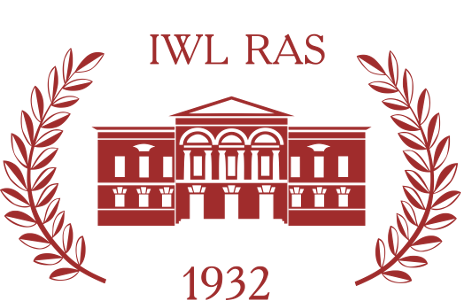Information about the author:
Maria A. Shteynman
Maria A. Shteynman, PhD in Philology, Professor, National Research University “Higher School of Economics”, Pokrovskiy Bd. 11, 109028 Moscow, Russia.
ORCID ID: http://orcid.org/0000-0002-1916-6495
E-mail:
Acknowledgements:
The paper has been written in the framework of the Research and Study Group “Fantasy as a Transmedia Phenomenon” Project № 22-00-070 “Remediation of mythology and actual transmedia practices: literature, cinematography, video games” HSE University.
Abstract:
The paper deals with the representation of technocracy and the concept of artificial body in the context of the theory of “The Fantastic” according to Tzvetan Todorov’s “A Structural Approach to a literary genre”. As the Fantastic exists on the edge between natural and supernatural explanations of the event it provides the plot with the multiplicity of the interpretations. So-called “themes of the Self” and “themes of the Other” identified by Todorov could be applied both to Fritz Lang’s “Metropolis” and C.S. Lewis’s “That Hideous Strength”. Metropolis indicates two main directions in the field of visualization of the artificial body: purely technocratic and gothic. They meet at the point of the dichotomy of Maria and the false Maria (the robot), the latter similar both to demonic Lilith and the Harlot of Babylon. Technocracy is represented by the mad scientist akin to Coppelius from “The Sandman” by E.T.A. Hoffmann. “That Hideous Strengh” being the final part of his “Space Trilogy” exists on the crossroads of science fiction and fantasy. Its core plot is based upon the opposition of technocracy and humanitarians as the embodiment of the evil and the good respectively. One of the key images of the novel is the Tower of Babel being the representation of the hideous strength mentioned in David Lindsey poem in the epigraph. The Tower combines both the visualization of the scientific progress and the metaphor of dehumanization.


